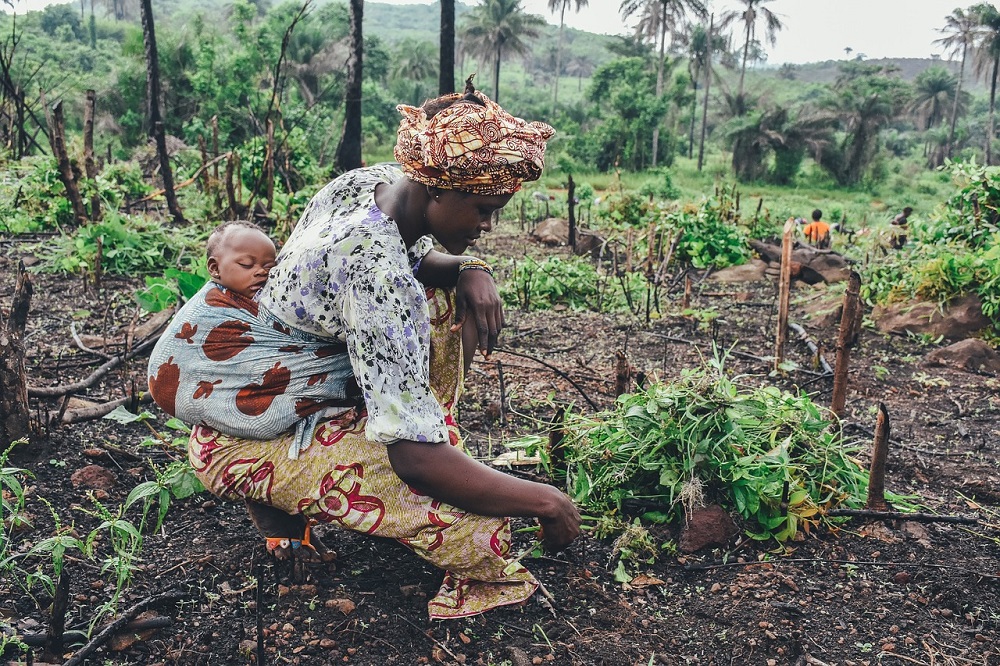
Poor soil fertility is a key constraint to improving farm productivity and farmer livelihoods in sub-Saharan Africa as it is elsewhere in the world. CABI has a long history of helping to improve the livelihoods of smallholder farmers through better access to practical information about integrated soil fertility management as part of the Africa Soil Health Consortium (ASHC) – a project managed by CABI and supported by the Bill and Melinda Gates Foundation.
In this blog, originally published in full on CHAP’s website, Neil Douglas Fuller of the Atlas Sustainable Soil Programme looks at soil health as a product of interactions between plant roots and the living fraction of the soil, operating within the constraints of the physical, chemical and climatic parameters of the soil environment.
In part, soil health is determined by the inherent, effectively fixed, properties of underlying geology, topography and landscape processes. Of equal importance are the dynamic soil properties that are influenced by land use and soil management practices, each of which can induce incremental changes to the functional characteristics of soil. Defining those characteristics, and developing the associated metrics and measurements required to effectively monitor and manage them, is fundamental to achieving sustainable farming and food production.
Society’s foundation
Soil is often considered to be the foundation for agricultural productivity, food security and environmental integrity. The majority of our air, water, fibre and nutrition is derived from soil-based eco-systems.
History illustrates the social, economic and political importance of soil, and the role that soil degradation has played in the downfall of many a civilisation, both ancient and modern. Right now, soil provides a cornerstone for the global response to climate change and occupies the centre-ground for strategies designed to reverse global warming.
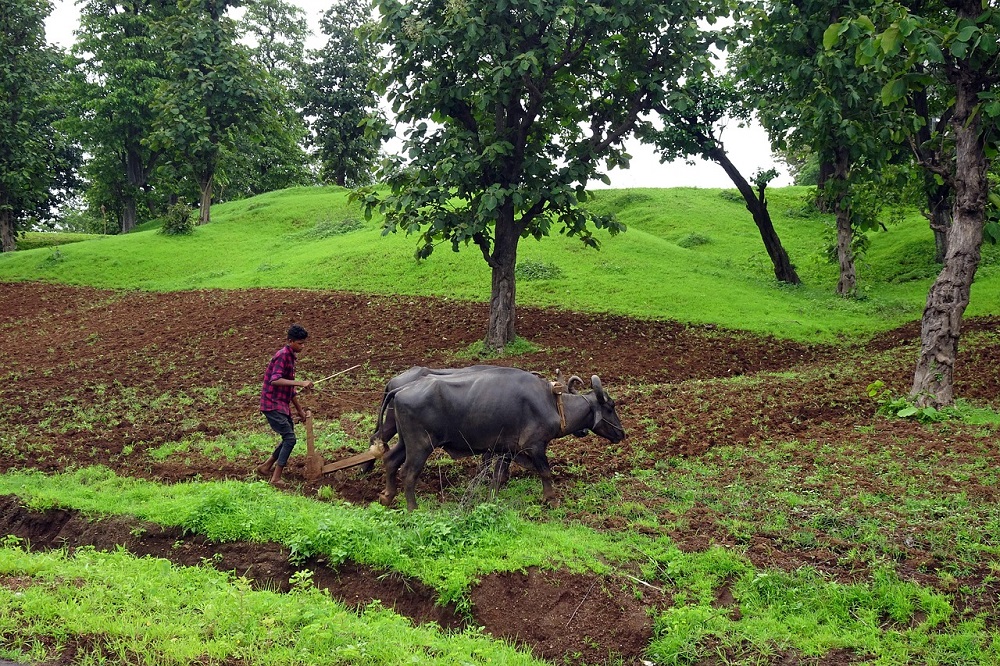
UK strategies
In 2019 the UK became the first major economy to declare a “Net Zero Carbon” agenda, to be realised by 2050. Coupled with the promise of a “Green Brexit”, the requirements of the “25 year plan” and the clear intent to replace Common Agricultural Policy support mechanisms with an Environmental Land Management Scheme, that fully integrates the twin objectives of food production and environmental protection, soil health is now firmly in the political spotlight.
Yet despite all this, the wonderfully diverse, intricate and incredibly complex array of soil-based ecosystems that constitute the agricultural and environmental heart of the United Kingdom are in steady decline. On average, the total carbon reservoir in arable soils in England has been returning to the atmosphere at rate of around 0.6% per annum since the introduction of artificial nitrogen fertiliser and the four-furrow reversible plough.
Global issue
The global situation is very similar, with some studies estimating that the carbon stocks of agricultural soils have reduced by half, releasing around 140 billion tonnes CO2e back into the atmosphere. As carbon is synonymous with life on this planet, the implications for this, in terms of soil life processes and the degradation of soil health, could be considerable.
This loss of soil carbon presents a major threat, both directly, on farm performance, food quality and soil resilience. Indirectly it impacts bio-diversity, natural capital and eco-system service provision and regulation. Land managers, strategists and policy-makers are becoming more aware of this, and a whole suite of regenerative soil and crop management practices, have been designed to move carbon from the atmosphere, where it is causing problems, and place it safely into the soil, where it belongs. However, their deployment is being delayed, frustrated and compromised by one overarching limitation – the measurement, evaluation and quantification of soil health.
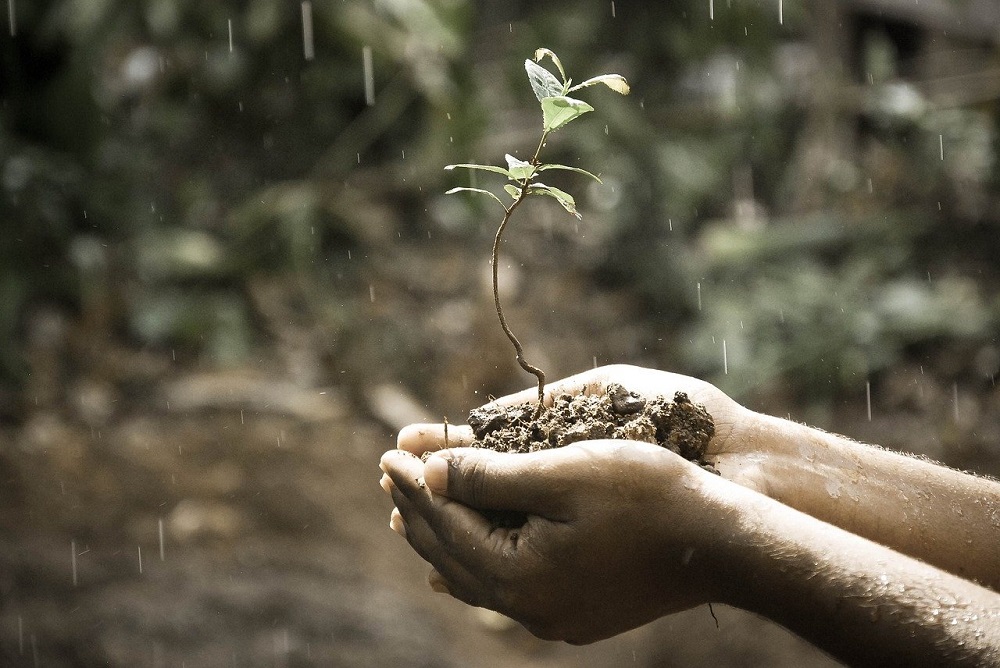
Soil health
Essentially, health is a function of life processes. As such, associating the concept of health to soil, implies that this vital, but fragile, global resource is, in fact, alive. This is in stark contrast to the more mechanistic view that soil is basically a mix of weathered rock and plant residue; or the pragmatic belief that soil is primarily a growing media, the functionality of which depends on the need for soil to be cultivated, fertilised, tempered and conditioned.
Classifying soil as a living eco-system is a paradigm shift for many agronomists, farmers and land managers. And with this shift comes a knowledge gap, both in terms of quantifying appropriate soil life processes and in evaluating the incremental impact that discriminatory management practices may transfer onto those processes.
Classification
Traditionally, focus has been placed on inherent soil qualities; the content of sand, silt and clay; the effect of underlying geology on acidity, nutrient status and water movement; the impact of aspect, topography and climate on plant performance.
As a result, the success of land management practices was most often noted in terms of biomass production, soil nutrient status, alkalinity and conductivity. More recently, soil quality metrics have been introduced as part of the evaluation process, incorporating factors such as visual assessments of soil structure and earthworm populations; observational assessment of compaction and erosion risk; in-field measures for water infiltration, aggregate stability and soil bulk density.
Carbon measurement
One fundamental component, routinely omitted from soil analysis and quality metrics, is measurement of one of the building blocks of terrestrial life processes – carbon. Despite the requirement under Cross Compliance, routine soil testing in the UK continues to omit any direct or indirect measurement of this vital soil constituent. The situation is further compounded by the current lack of any standardised analytical procedure for the basic metric, soil organic matter content, as determined by the most commonly used method, Loss on Ignition (LOI).
With a large coefficient of variation, dependent on protocol, even the best laboratories may struggle to deliver suitably repeatable results using LOI. With the Action Plan of the Paris Agreement only seeking to achieve an annual increase in soil Carbon of 0.4% in order to halt climate change, it is possible that current soil analytics will be unable to detect positive, or negative, change sufficiently accurately to be able to inform, monitor, validated or reward the regenerative Carbon Farming practices that are now forming agriculture’s Net Zero Initiative.
If soil health is going to inform agricultural policy and influence farm management practices, decision-makers need to have access to robust, reproducible, reliable systems of measurement that can detect the incremental changes that land management practices have on the dynamics and functionality of individual soil systems.
Read the full blog, including sections on ‘Defining the soil health space’, ‘Physical soil health’, ‘Health v Structure’, ‘Chemical soil health’, ‘Key nutrients’ and ‘Biological soil health’ on the CHAP website.
Additional information
Additional pictures have been added for illustrative purposes.
Main image: A female farmer in Africa recognising the importance of good soil health to her crop (Credit: Pixabay).
About CHAP
CHAP, is a UK Agri-Tech Centre funded by Innovate UK, brings together leading scientists, farmers, advisors, innovators and businesses to understand industry challenges, drive research and innovation and develop and trial solutions that transform crop systems. They work with partners, including CABI, to translate and promote these solutions for market adoption and improved crop productivity. Their mandate is to increase crop productivity for future generations through the uptake of new technologies.
CHAP’s work with CABI includes the use of CHAP equipment to develop a biopesticide – a non- chemical pesticide – to help UK farmers kill off pests, such as cabbage stem flea beetle and aphids, which decimate crops up and down the country.
1 Comment
Leave a Reply
Related News & Blogs
CABI hosts soil information systems workshop in Ghana
CABI and its project partners, ISRIC — World Soil Information, and Ghana’s Council for Scientific and Industrial Research – Soil Research Institute (CSIR-SRI), recently held a 2-day soil information systems workshop at the Capital View Hotel, Koforidua…
4 December 2024



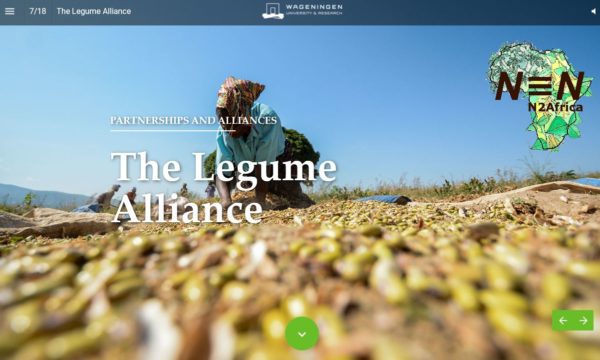
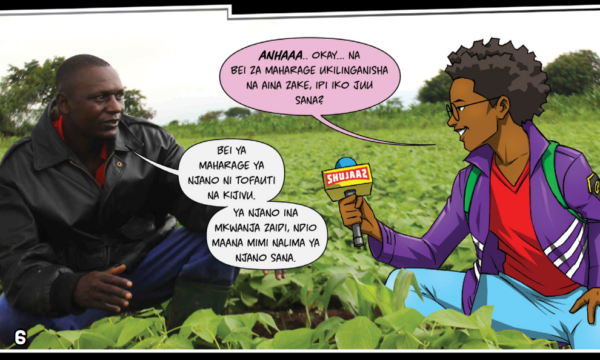
Soil health is very important for crops.